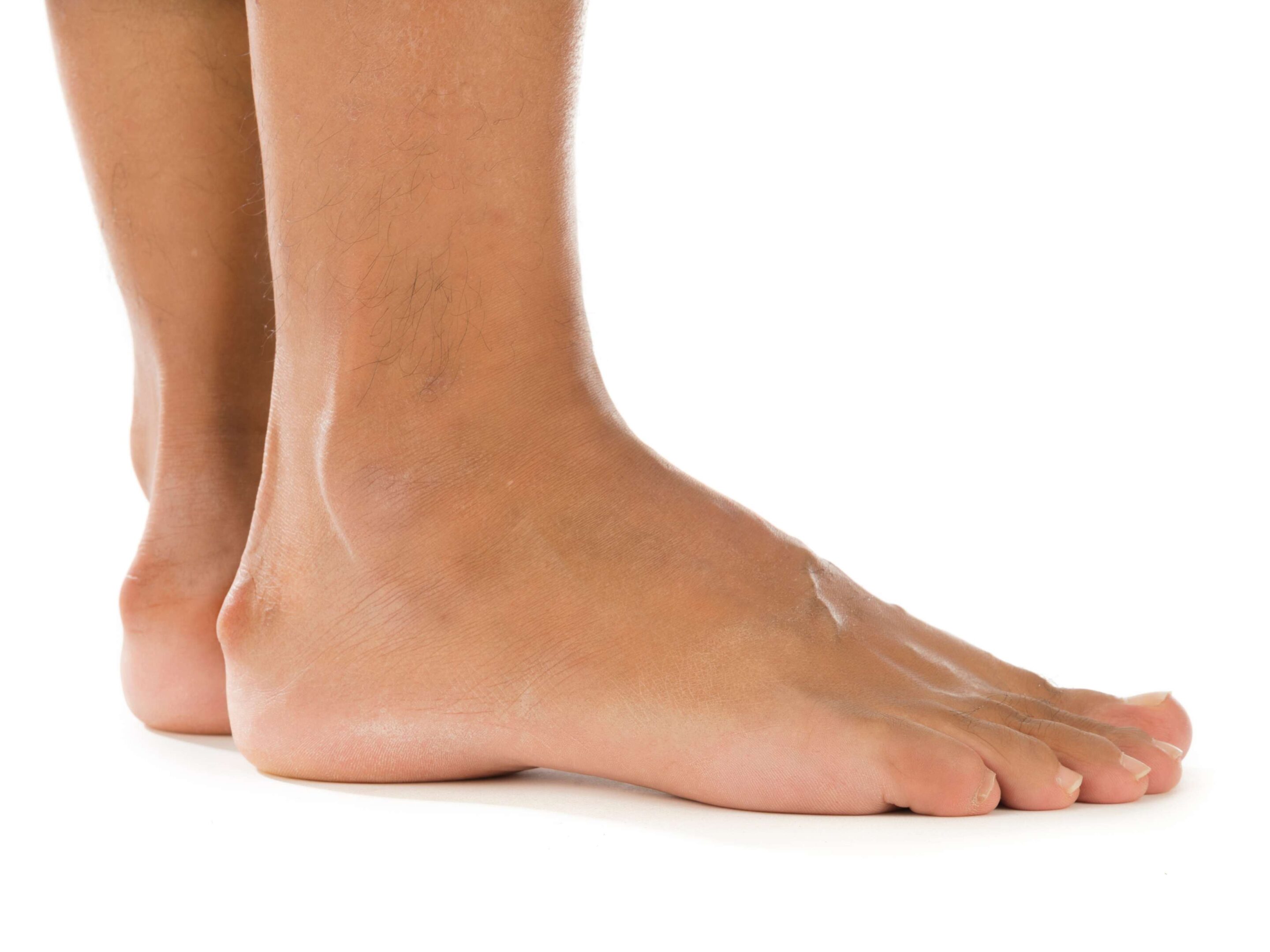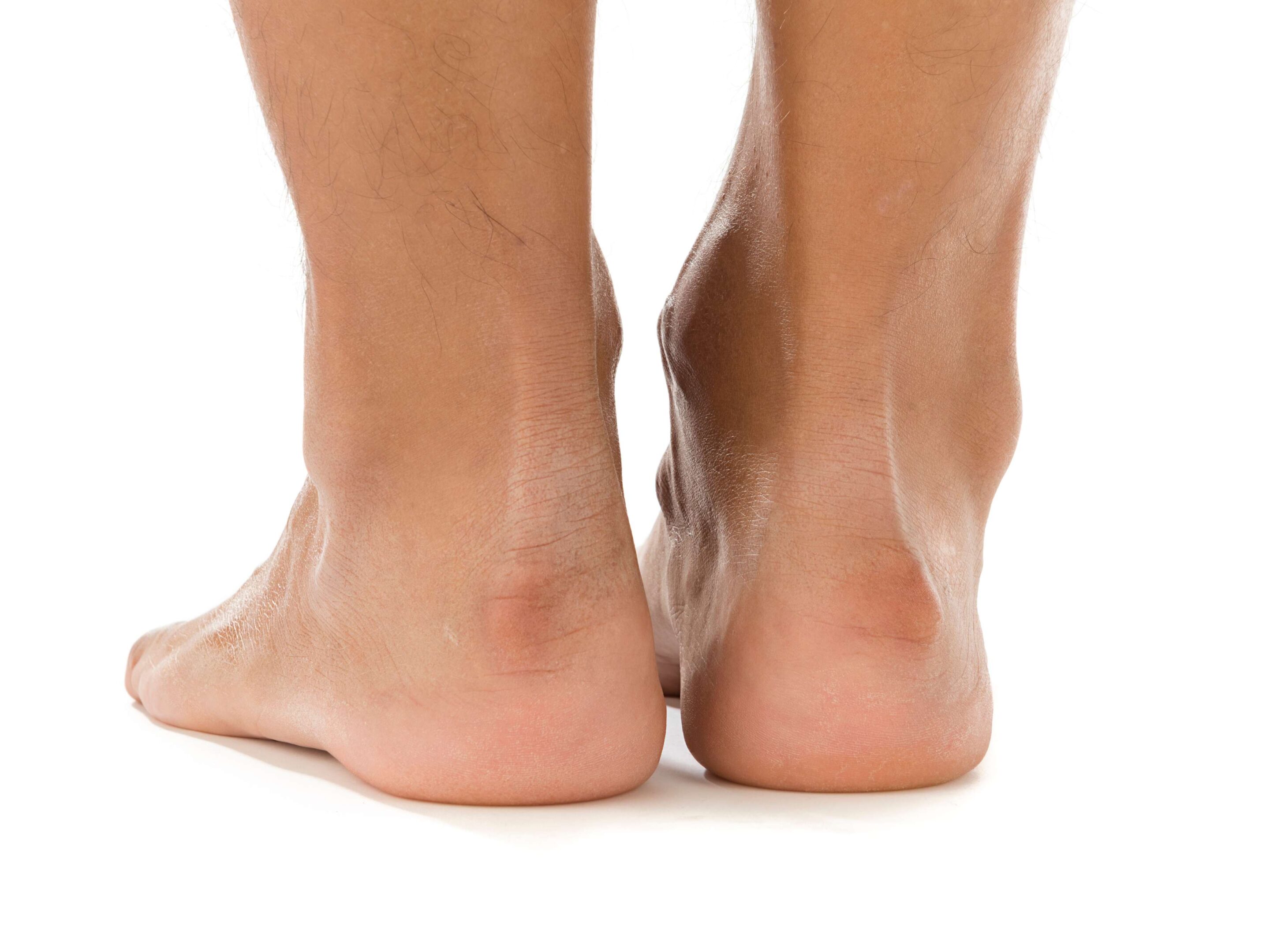Haglund’s Deformity
Foot pain can be a debilitating experience, impacting our daily lives and activities. One common source of discomfort is Haglund’s deformity, a condition that affects the heel. In this blog, we’ll delve into what Haglund’s deformity is, its symptoms, causes, treatment options, and preventive measures to keep your feet healthy.
What is Haglund’s Deformity?
Haglund’s deformity, often referred to as “pump bump” or “retrocalcaneal bursitis,” is a bony enlargement on the back of the heel. This condition can lead to inflammation of the bursa, a small fluid-filled sac located between the heel bone and the Achilles tendon. The prominence of the bony growth can cause friction, leading to pain and discomfort in the affected area.
What are the Symptoms?
Identifying Haglund’s deformity involves recognizing its distinct symptoms, which typically include:
- Heel pain: Persistent pain at the back of the heel, especially when wearing shoes that rub against the enlarged area.
- Swelling: Inflammation and swelling around the Achilles tendon and the bursa.
- Redness and warmth: The affected area may become red and warm to the touch due to inflammation.
- Formation of a bump: A noticeable bump on the back of the heel, often described as a protrusion.
What Causes Haglund’s Deformity?
Understanding the root causes of Haglund’s deformity is crucial for effective management. The primary factors contributing to this condition include:
- Genetics: Some individuals may inherit a foot structure that predisposes them to Haglund’s deformity.
- Abnormal gait: Irregular walking patterns can contribute to increased pressure on the heel, leading to the development of the deformity.
- Tight Achilles tendon: A shortened or tight Achilles tendon can contribute to the formation of the bony prominence.
- Footwear: Wearing shoes with rigid backs or high heels can exacerbate the condition by rubbing against the heel and causing friction.
Treatment Options for Haglund’s Deformity
Managing Haglund’s deformity involves a combination of conservative and medical interventions. Some common treatment options include:
- Footwear modification: Switching to shoes with a softer back or open-back design can alleviate pressure on the heel.
- Orthotic inserts: Customized or over-the-counter orthotic inserts can help support the foot and reduce friction.
- Physical therapy: Stretching and strengthening exercises can improve the flexibility of the Achilles tendon and surrounding muscles.
- Medications: Nonsteroidal anti-inflammatory drugs (NSAIDs) may be recommended to reduce pain and inflammation.
- Ice therapy: Applying ice to the affected area can help alleviate swelling and provide pain relief.
In severe cases, when conservative measures fail, surgical intervention to remove the bony prominence may be considered.
How to Prevent Haglund’s Deformity?
While not all cases of Haglund’s deformity can be prevented, certain measures can reduce the risk of its development:
- Choose appropriate footwear: Opt for shoes with a soft back and proper arch support to minimize pressure on the heel.
- Stretch regularly: Incorporate stretching exercises for the calf muscles and Achilles tendon into your daily routine.
- Maintain a healthy weight: Excess body weight can contribute to foot problems, including Haglund’s deformity.
- Pay attention to gait: If you notice any irregularities in your walking pattern, consult with our experienced team for guidance.
Contact Us for Help
If you are experiencing symptoms of Haglund’s deformity or have concerns about your foot health, it’s crucial to seek professional advice. Our team of experts is here to provide personalized guidance and effective solutions to alleviate your pain and improve your foot function.
Don’t let heel pain sidetrack you this year, contact our office to schedule an appointment and live with happy and healthy feet while you keep doing what you love!
Understanding Haglund’s deformity, its symptoms, causes, treatment options, and prevention measures empowers individuals to take proactive steps in caring for their foot health. By adopting a comprehensive approach, you can minimize the impact of this condition and maintain an active and pain-free lifestyle.


